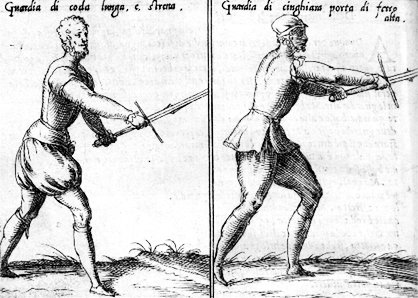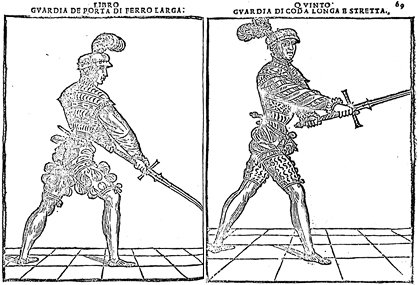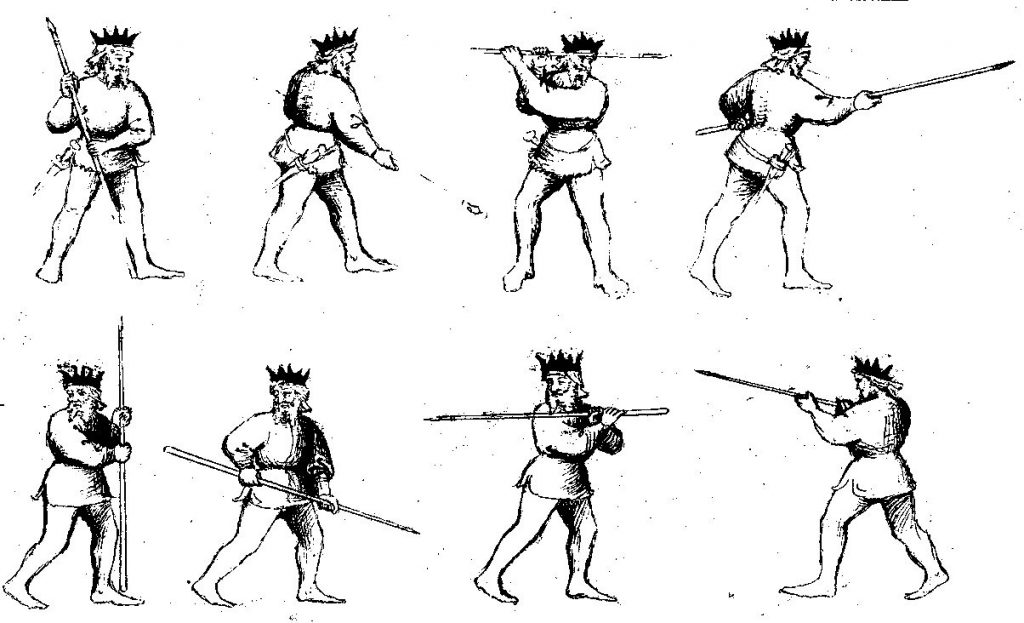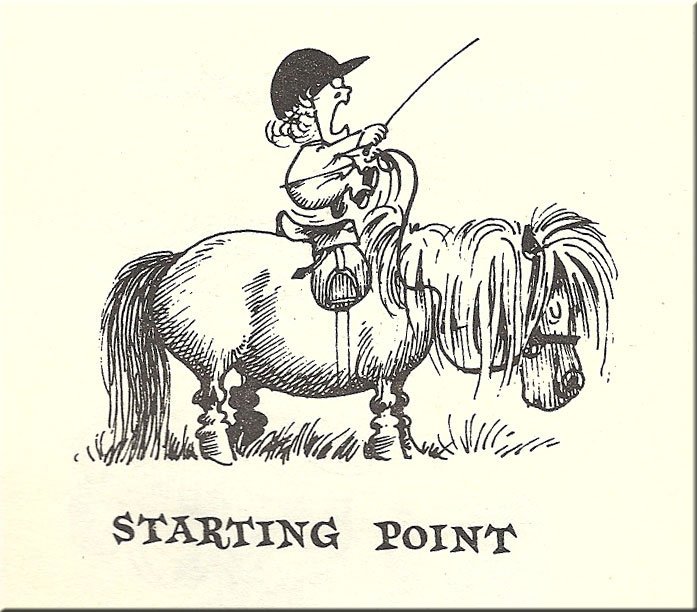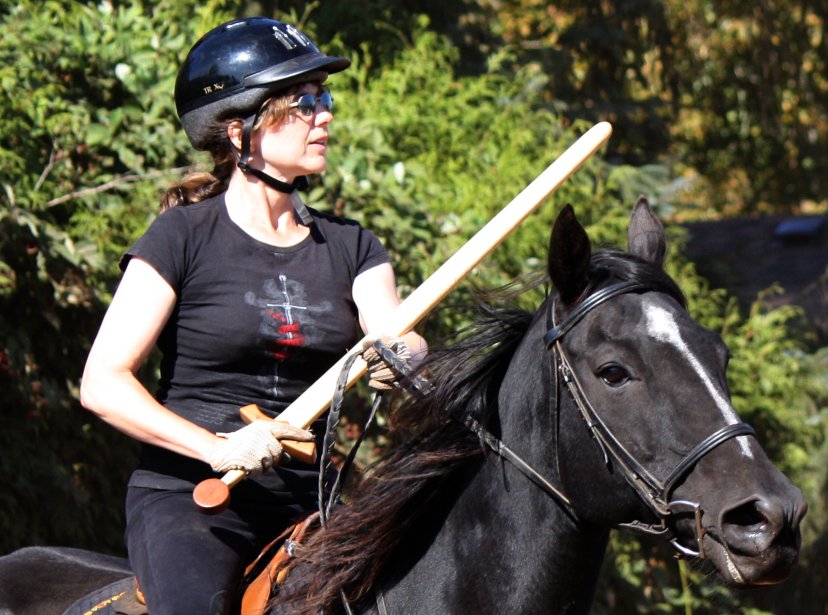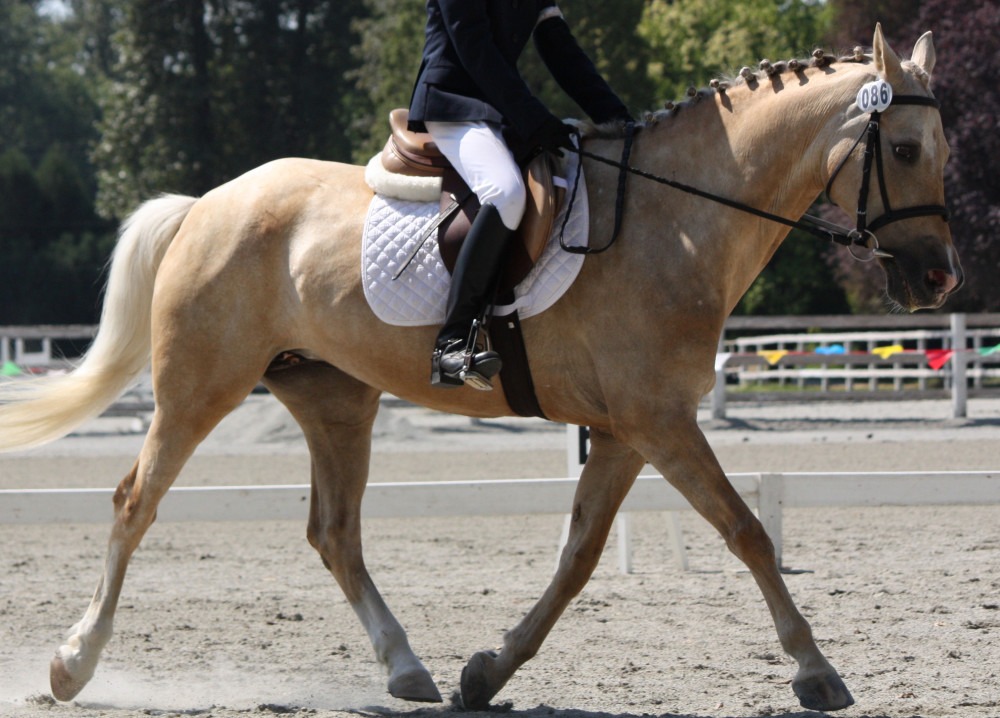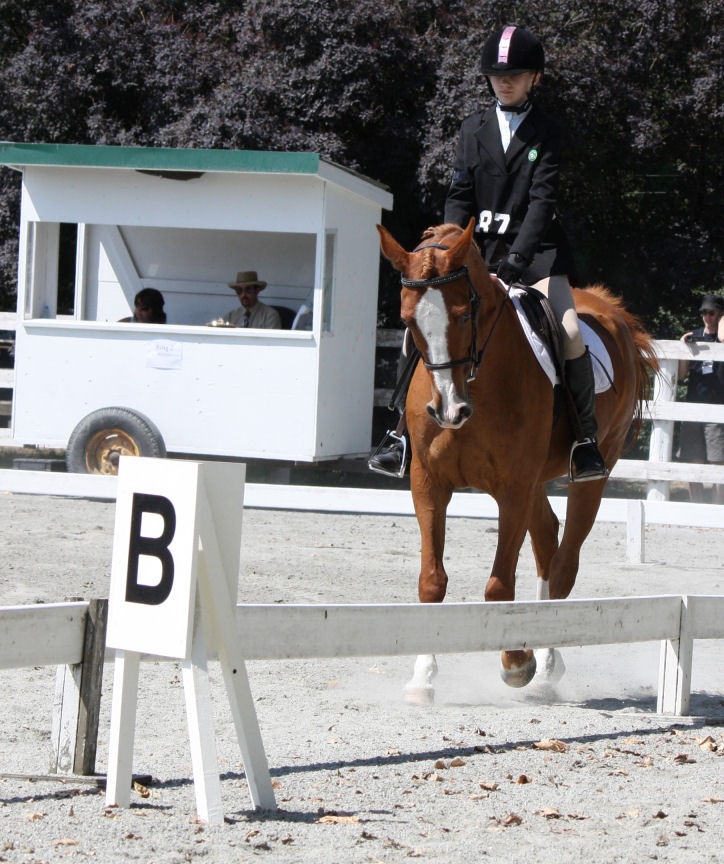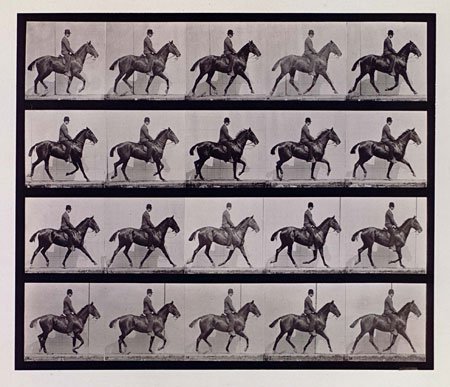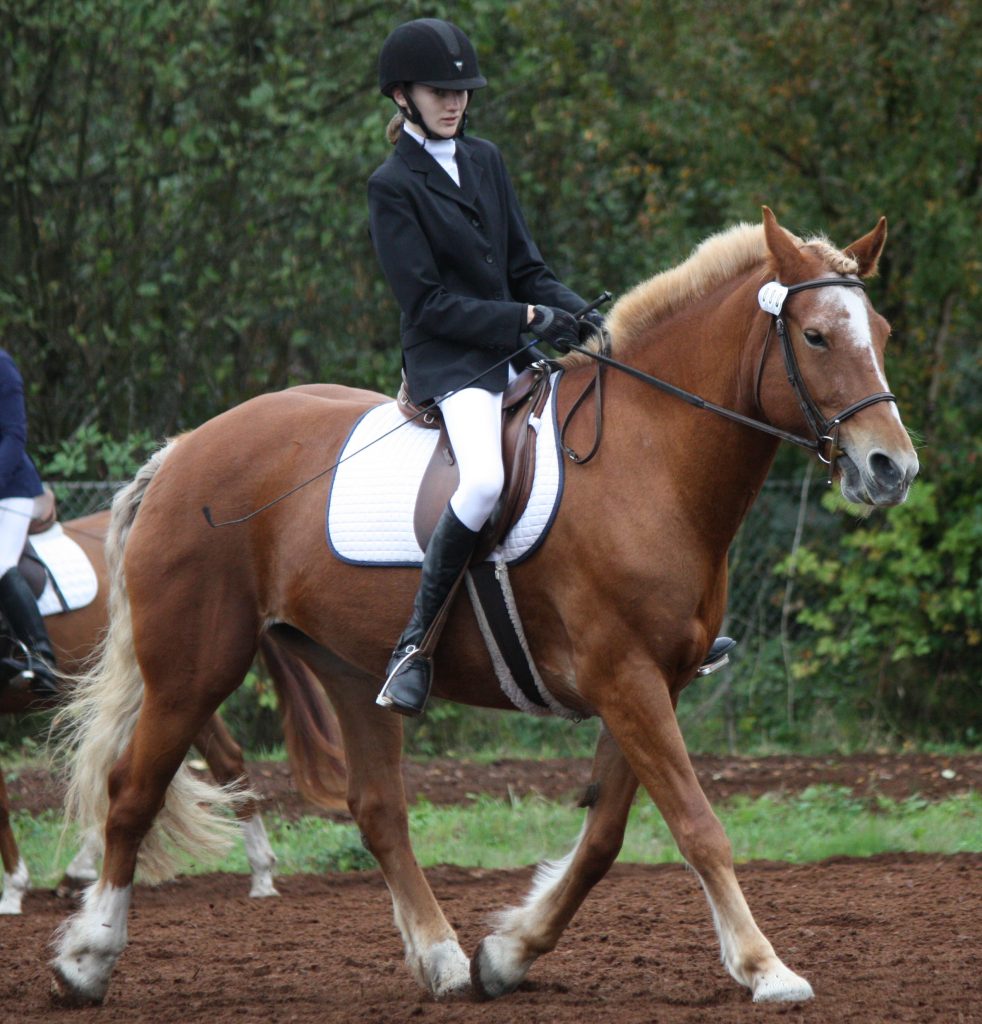Swordplay from the Ground: The Four Thrusts of the Sword The knight's sword was not just a cutting weapon. A well-aimed thrust delivered with the impulsion of a moving horse was a deadly combat technique. It was also an effective attack from the ground. There are four basic types of thrust, defined by the orientation…
